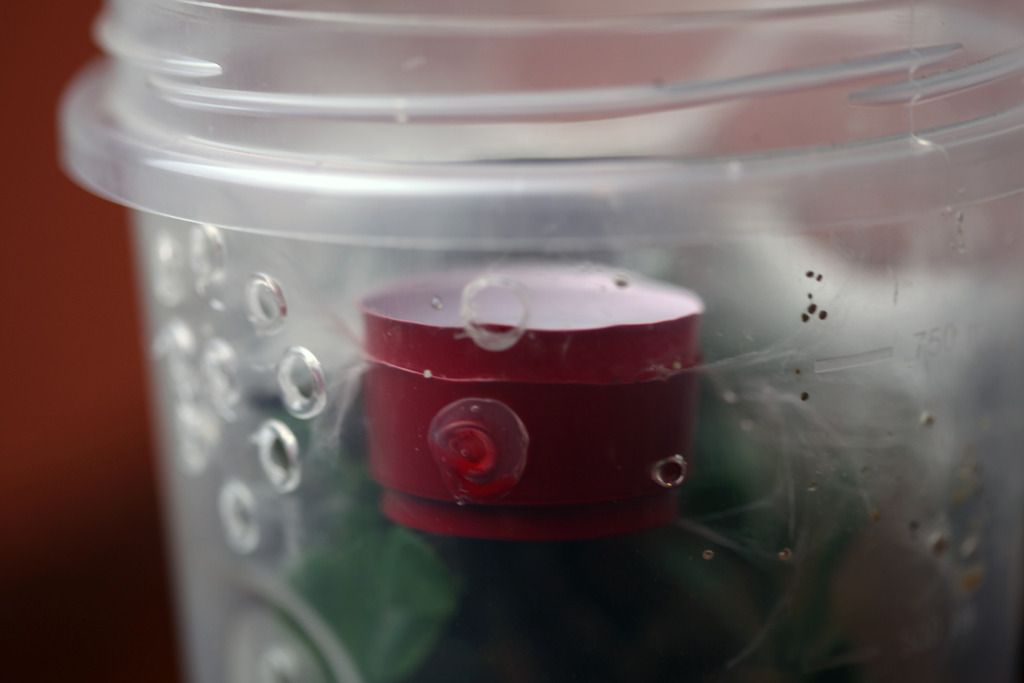Trenor
Arachnoprince
- Joined
- Jan 28, 2016
- Messages
- 1,893
Edit* Never mind. She went all fancy on me... lol
Most hobbyists I know, hot glue etc. a Dixie cup or bottle caps to the sidewall.
Many Avic. keepers do this not just for accessibility of the T but also for the keeper. It's easier to refill and clean a water bowl in a top opening enclosure. Lots of times when an Avic gets settled they block the water bowl with webbing and what have you... Trying to pour most of the water in the bowl and not on the substrate can be tricky. Thus, why I prefer inverted or side opening enclosures for Avics. Much easier for maintenance.
I do the cup in a cup wall setup for most of my Pokies. It makes water maintenance really easy with a top opening enclosure. I hot glue one cup to the wall and drop a second cup in to fill with water. This lets me replace the water cup if needed.That's actually a very solid idea.. I have never thought of thatThanks! I'll now do this for all of them ><
Here is a close up of the cup in a cup water dish on my old P.met enclosure. Also note the larger hole above the cup. This lets me (or someone else if I'm out of town) water them with a dropper without opening the lid.

Last edited:






